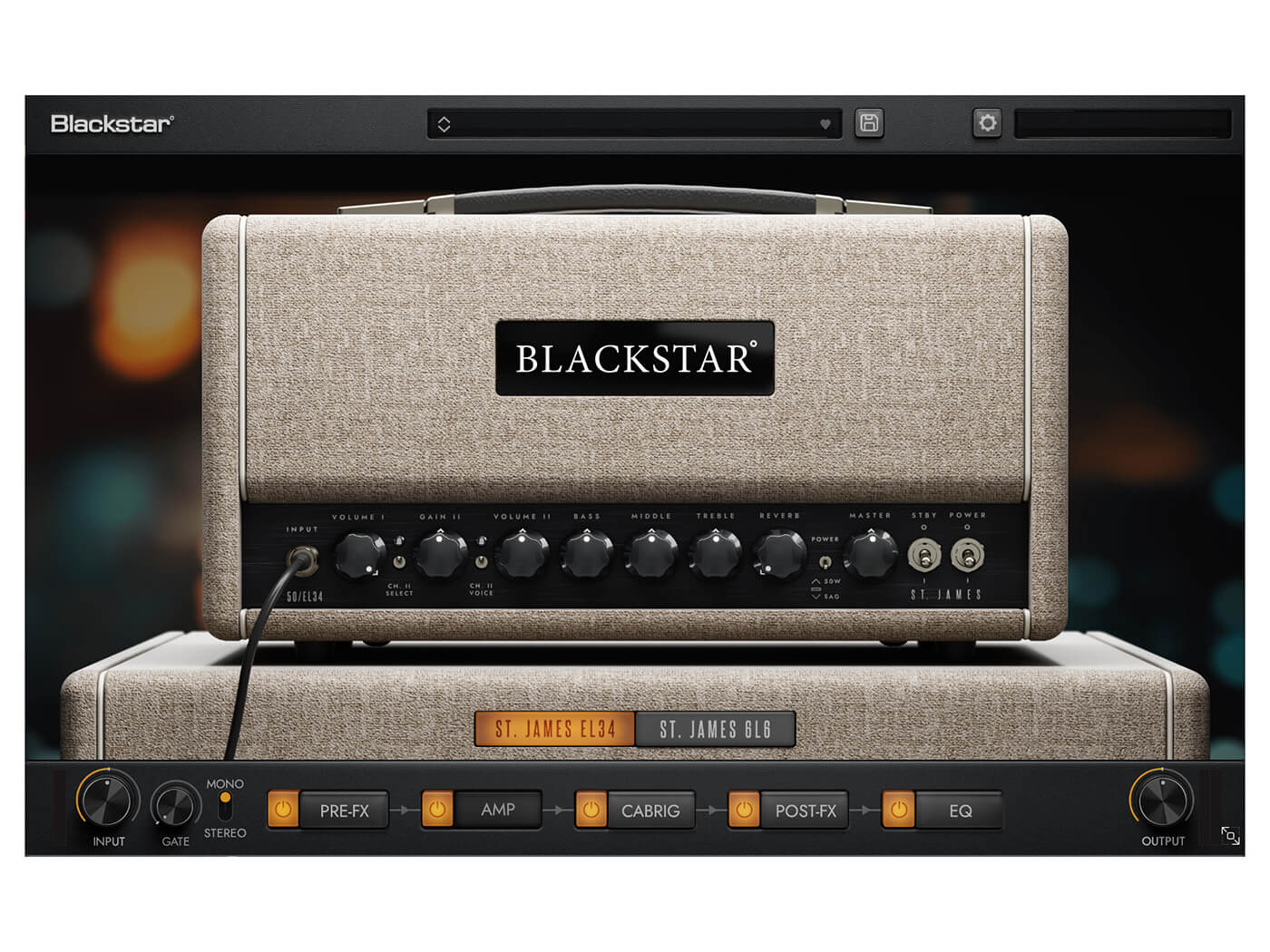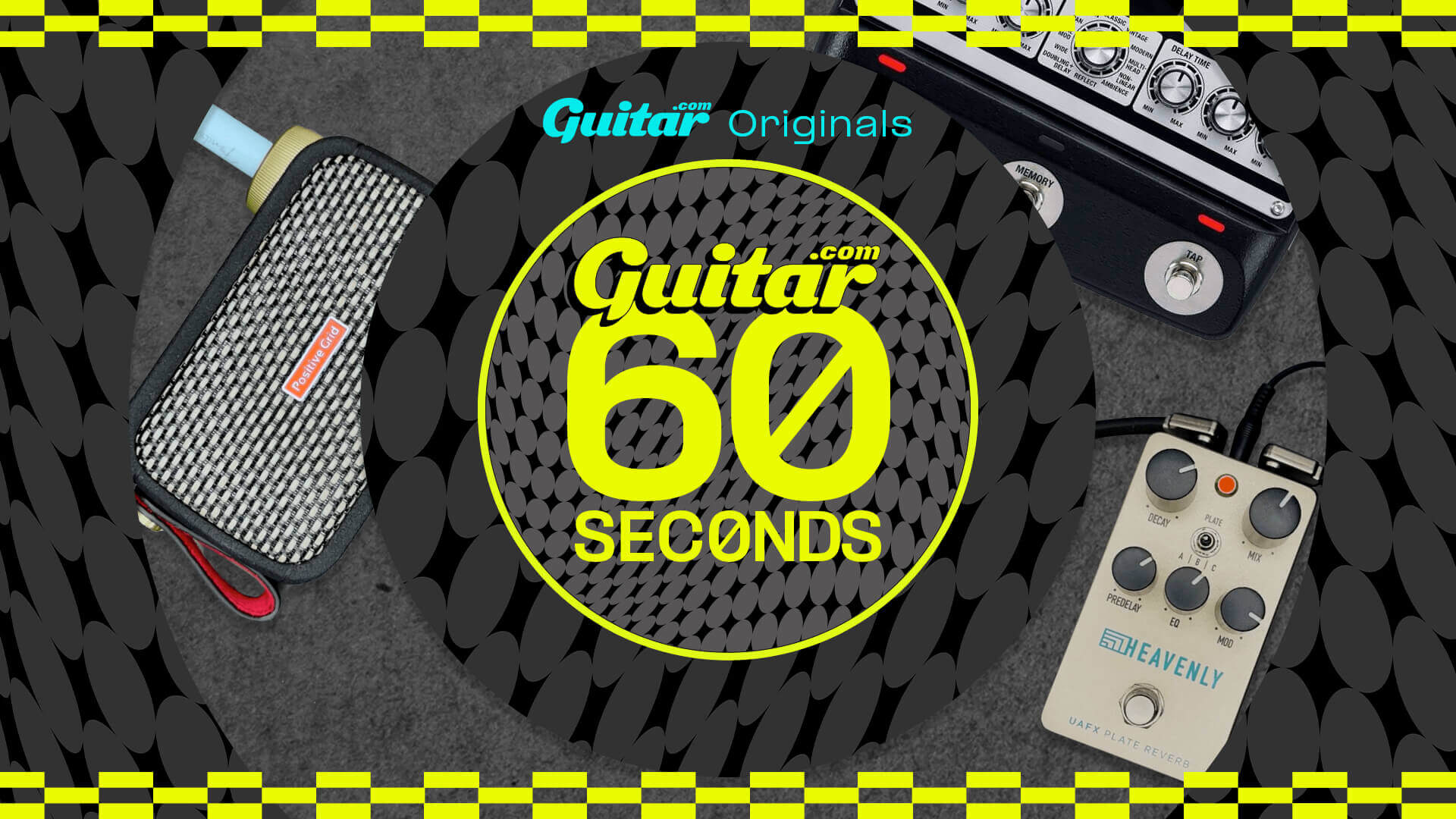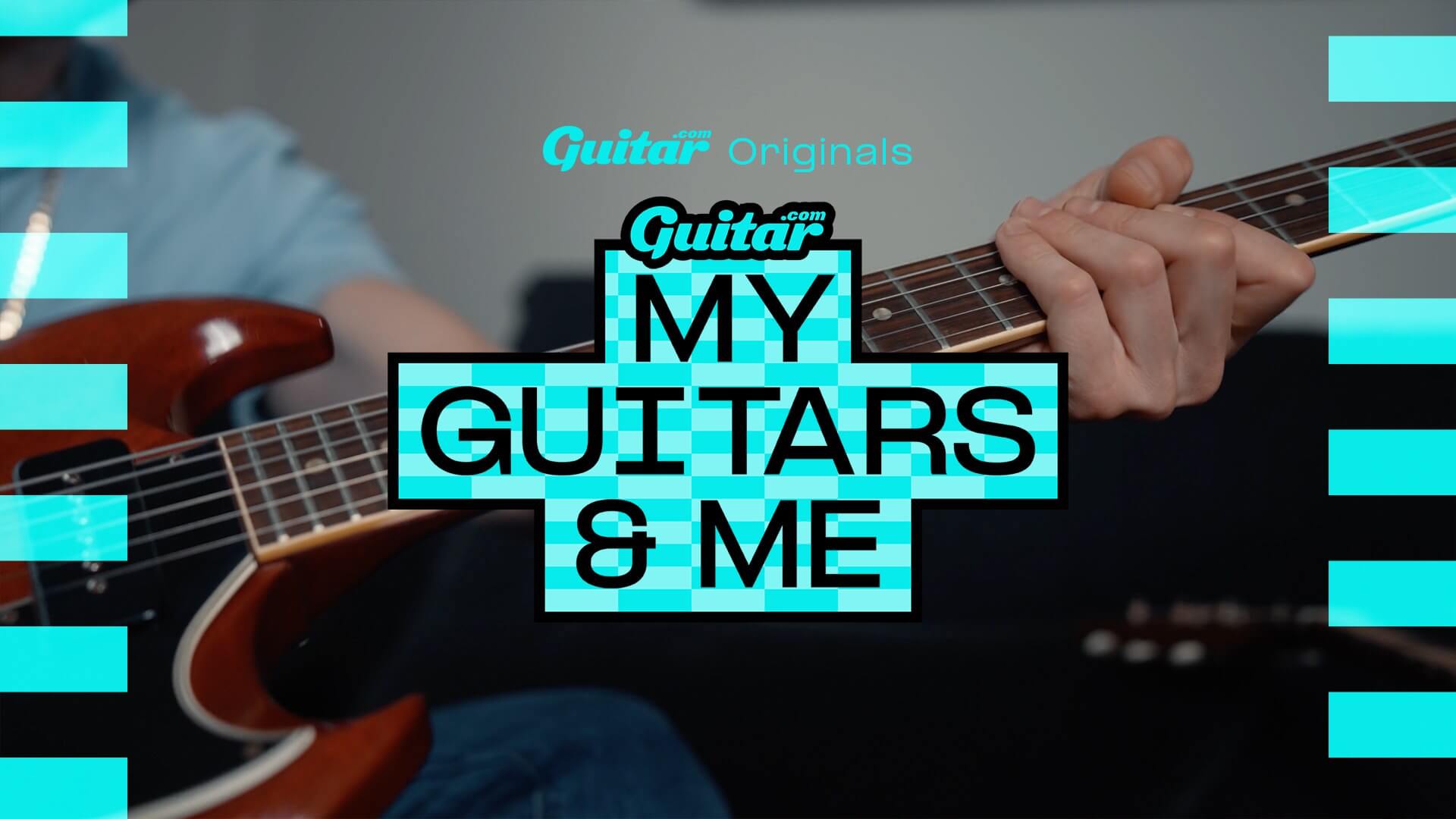Blackstar St James plugin review: on par with Neural DSP?
Blackstar’s ported two of its amps over to the digital realm. Did they survive the trip into plugin form?

Blackstar St James plugin
Review Overview
Our rating
8
Our verdict
$99/£81, blackstaramps.com
When Blackstar launched its St James amplifiers, a lot of hay was made about how lightweight they were. And for good reason – some really interesting R&D went into making them weigh considerably less than the average tube amps. But what if that’s not light enough for ya? Well, weighing in at 0 kilograms is the new St James plugin, a software recreation of the EL34 and 6L6 amps entered squarely into the same category as your average Neural DSP suite. How does it stack up?
The St James plugin offers two heads (interestingly, two more than the actual St James had, after his encounter with King Herod Agrippa I) – the EL34 and 6L6 flavours of the range. Opening the plugin and I’m met with the grey tolex of the EL34 St James amplifier, and I have to say, the renderings do look lovely – not the most important thing, but nice to see care taken in that regard.
The UI is fairly simple, with a signal chain diagram at the bottom with power switches for each block. What’s nice is that, no matter where in the chain you are, the amp head controls remain at the top, meaning you can make adjustments to the most impactful controls even as you mess around with virtual mics and the like.
The signal chain is, then, in order: pre-effects pedals (overdrive, compression etc), a choice of either the 6L6 or EL34 amp head, CabRig, post-effects pedals (delay, reverb etc), and finally a master EQ. Flanking this chain on the UI are controls for input and output levels, as well as the threshold for the noise gate.

In Use
With everything set up, I’m ready to get playing – and right away, things are off to a good start. Cleans from the EL34 amp sound bright, chimey and pleasant – and clicking around some of the higher-gain presets, there’s not even a hint of fizz. Feel, that ever-unquantifiable thing that can really make or break simulations of tube amplifiers, is on point, too. On that note, I found myself leaving the ‘sag’ control engaged, as it just made things a little more fun to play with a natural-feeling compression that rewarded digging in.
Post-effects are all perfectly serviceable, with the most characterful being the flanger and the harmonic mode of the tremolo. After that it’s the fairly neutral-sounding (but perfectly usable) delay and reverb, both stereo. The pre-effects are a matter of taste, too – the phaser is a little sterile, but the chorus has a bit more character, and the compressor is perfectly good at bringing cleaner single-coil sounds to life.
The overdrive pedal is a little trickier to get right in an amp sim. But the approach Blackstar has taken is a smart one: for those who prefer to run their drives into a big high-headroom clean sound, there’s a more full-frequency pedal simply labelled ‘overdrive’. This plays the best with the EL34 amp, and can be used to craft some tasteful, bluesy lead and rhythm sounds. Think a BD-2 into a Fender – still nice and dynamic, but there’s definitely some crunching going on.
But for those aiming for the modern metal thing, you can flick over to the TS mode for that classic mid-hump overdrive (mmm – green flavour!), which unsurprisingly tightens up the high-gain channel of the 6L6 head. You’re then free to dial up the aggression without palm-muted gallops ever flubbing out into a muddy mess. A standard practice for real amps, yes, but the fact that it works as expected here is a testament to the accuracy of the plugin.
When it comes to cabinets, there’s a whole host of Blackstar’s own on offer, all accessed via the CabRig block. You can load two at a time, pan them to taste, and mix in room ambience with variable width. The cabinets range from vintagey 1x12s to oversized 4x12s, and so you can go from 57-mic’d tightness to ribbon-mic’d roominess and everything in between.
All the sounds are pretty good, however there’s no way to adjust the position of each mic, other than having it on- or off-axis. But hey, there’s still a healthy selection of mics and cabinets to choose from, so while you can’t nudge virtual mics millimetre by millimetre, there’s still a broad gamut of sounds, some of which are sure to do what you need. But here is where we have to talk about the limitations…

The limitations
The St James plugin doesn’t offer a native way for you to load in your own IRs, because CabRig itself doesn’t use them. It’s more of an algorithmic thing going on. This isn’t really a dealbreaker, at least in the sense that I was never unhappy with the sounds from CabRig – but I know some players out there are very attached to their own cabinet IRs. You are, however, already in a DAW, so turning off the CabRig block and plonking an IR loader next in the chain is an option.
The second and more drastic limitation is the lack of support for MIDI control. You can target pretty much every parameter with DAW automation, so if you do want to use the plugin live, it can still change sounds in time with a track. However, I couldn’t find any way to get a MIDI controller to interface with it – maybe act as a switcher for the virtual pedals or just a way to change presets. It’s a slightly disappointing oversight for what is otherwise a very well thought-out piece of software, and one that should make you think twice if you want to use the plugin as a pure performance tool.
Other minor problems include the lack of an on-board tuner or a transposer, which are both present in newer Neural plugins. These aren’t hard to implement into your chain (again, DAW) – but having them in one handy package would maybe make the St James plugin a more appealing prospect as a practice tool.
Overall
The St James still offers a lot of great guitar sounds for less than the price of a single hardware pedal. The fact that it includes two wildly different flavours of tube amp also means it’s an inherently versatile thing to have in your production toolbox, and for those who want to dip their toe into what amps can offer, it’s a pretty great initial overview. And as much as ‘mix-ready’ is a bit of a marketing cliche, it’s not untrue here: the fidelity of the sounds and the actual playing experience are undeniable. If you’re looking for a new amp plugin, it is absolutely worth giving the free trial a go and finding out if you click with the St James.
Find out more at blackstaramps.com.



